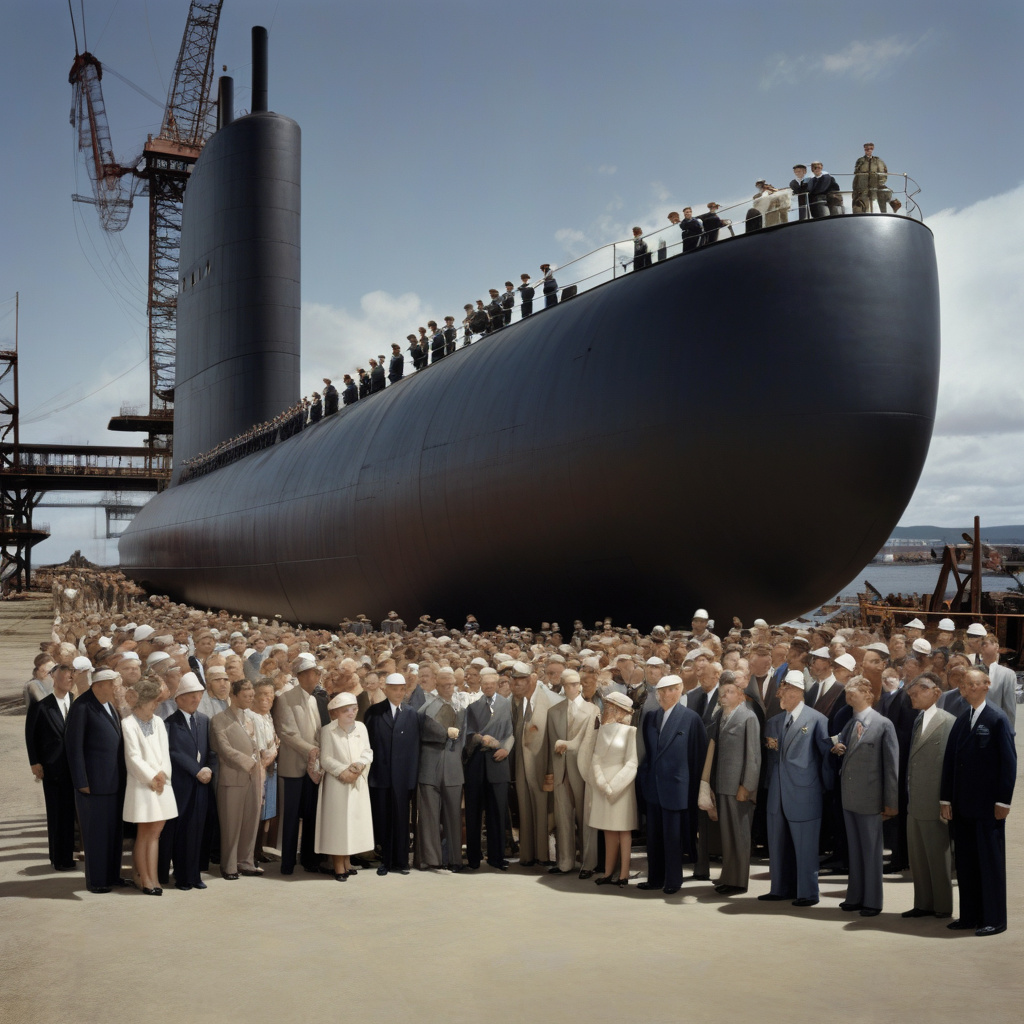The End of an Era: US Bids Final Goodbye to Facility That Helped Make World’s First Nuclear Submarine
A U.S.-based facility that served as a naval nuclear propulsion prototype reactor plant has been the cornerstone of innovation and progress in the field of submarine technology for decades. This facility, known for its pioneering work in developing the world’s first nuclear submarine, has recently bid its final goodbye, marking the end of an era that has shaped the course of naval history.
The facility, which played a crucial role in the development of nuclear-powered submarines, has been instrumental in advancing the capabilities of the U.S. Navy and revolutionizing underwater warfare. Through its groundbreaking research and cutting-edge technology, the facility has not only propelled the U.S. to the forefront of submarine innovation but has also set new standards for naval engineering worldwide.
One of the most significant achievements of this facility was its contribution to the creation of the world’s first nuclear submarine, the USS Nautilus. Launched in 1954, the USS Nautilus marked a turning point in naval warfare by introducing nuclear power as a viable and efficient alternative to traditional diesel-electric propulsion systems. This breakthrough not only enhanced the speed and range of submarines but also significantly reduced their detectability, giving the U.S. Navy a strategic advantage during the Cold War.
Furthermore, the facility has been a breeding ground for talent and expertise in the field of nuclear engineering. Over the years, it has attracted some of the brightest minds in the industry, who have worked tirelessly to push the boundaries of technological innovation and develop state-of-the-art propulsion systems for submarines. The legacy of excellence and dedication instilled by the facility will continue to inspire future generations of engineers and scientists to pursue advancements in naval nuclear propulsion.
As the facility bows out and bids its final farewell, it leaves behind a rich legacy of achievement and progress that will be remembered for years to come. While its physical presence may no longer be a part of the maritime landscape, its impact on submarine technology and naval warfare will endure as a testament to the power of innovation and ingenuity.
In conclusion, the closure of the U.S.-based facility that played a pivotal role in the development of the world’s first nuclear submarine marks the end of an era in naval history. However, its contributions to submarine technology and naval engineering will continue to resonate across the seas, ensuring that its legacy lives on in the future of underwater warfare.
#USNavy #NuclearSubmarine #NavalInnovation #SubmarineTechnology #MaritimeHistory












